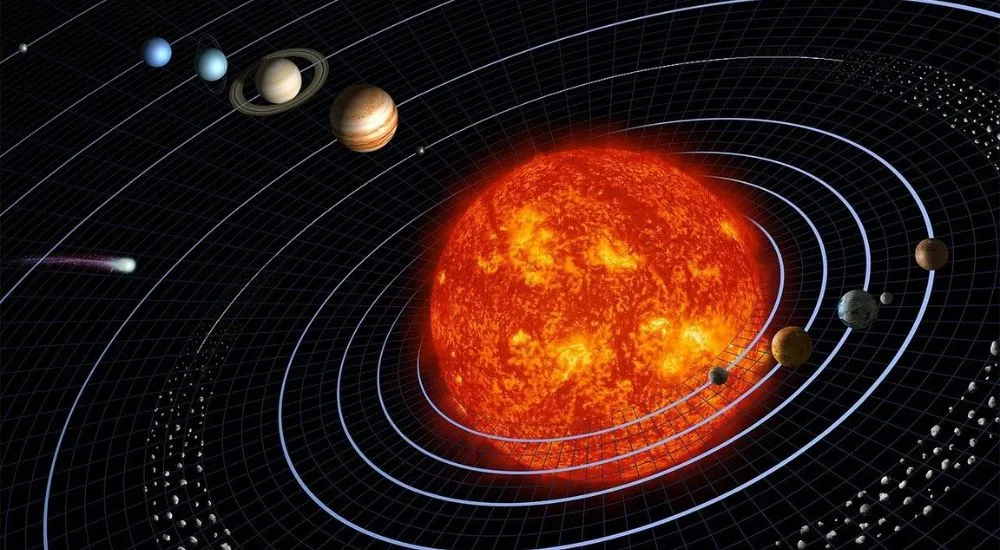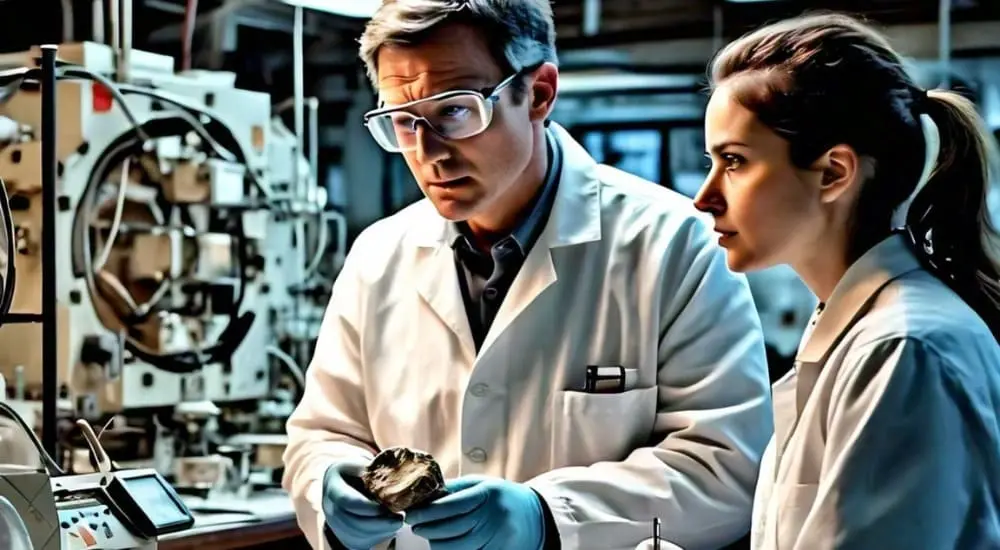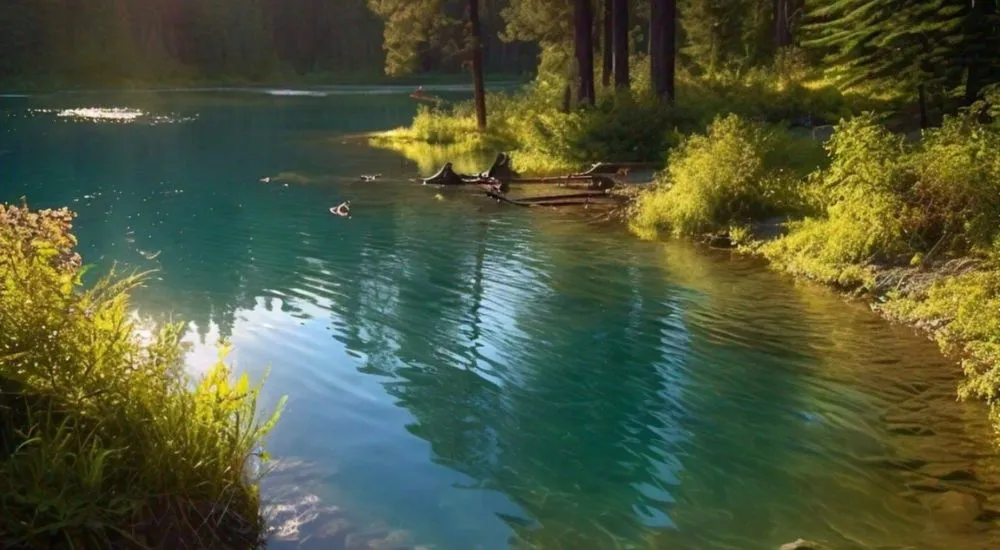41. What is the name of the largest moon of Saturn?
(A) Europa
(B) Ganymede
(C) Titan
(D) Triton
(C) Titan
Explanation: Titan is the largest moon of Saturn and the second-largest moon in the solar system, larger even than the planet Mercury. It has a thick atmosphere primarily composed of nitrogen.
42. What is the largest asteroid in our solar system?
(A) Ceres
(B) Vesta
(C) Pallas
(D) Eros
(A) Ceres
Explanation: Ceres is the largest asteroid in our solar system. It is located in the asteroid belt between Mars and Jupiter and is classified as a dwarf planet.
43. Which dwarf planet is located in the asteroid belt?
(A) Pluto
(B) Ceres
(C) Eris
(D) Haumea
(B) Ceres
Explanation: Ceres is the largest object in the asteroid belt and is classified as a dwarf planet. It is the only dwarf planet located in the asteroid belt between Mars and Jupiter.
44. Which among of these is not a Galilean moons?
(A) Titan
(B) Io
(C) Ganymede
(D) Europa
(A) Titan
Explanation: The four largest moons of Jupiter—Io, Europa, Ganymede, and Callisto are known as the Galilean moons as they were discovered by Galileo Galilei in 1610 and are some of the largest moons in the solar system.
45. What is the approximate age of the solar system?
(A) 2.5 billion years
(B) 4.6 billion years
(C) 10 billion years
(D) 13.8 billion years
(B) 4.6 billion years
Explanation: The solar system is approximately 4.6 billion years old, formed from the gravitational collapse of a region within a large molecular cloud.
46. What is the average distance from the Earth to the Sun?
(A) 93 million miles
(B) 150 million miles
(C) 10 million miles
(D) 200 million miles
(A) 93 million miles
Explanation: The average distance from the Earth to the Sun is about 93 million miles (150 million kilo meters), also known as 1 Astronomical Unit (AU).
47. In which direction do planets revolve around the sun when viewed above the plane of Earth’s orbit?
(A) Clockwise
(B) Counterclockwise
(C) Some revolves clockwise and some anticlockwise
(D) Planets don’t revolve
(B) Counterclockwise
Explanation: All planets revolve around the Sun in a counterclockwise direction when viewed above the plane of Earth’s orbit which is also known as the ecliptic plane.
48. What is the ecliptic plane?
(A) The plane in which Earth’s equator lies
(B) The plane along which the Earth’s moon orbits
(C) The plane in which Earth’s orbit around the Sun lies
(D) The plane dividing the Earth’s northern and southern hemispheres
(C) The plane in which Earth’s orbit around the Sun lies
Explanation: The ecliptic plane is the imaginary plane that contains Earth’s orbit around the Sun. It is the basis for the apparent path of the Sun across the sky, and most planets in the solar system have orbits that are close to this plane.
49. Which of the following statements is incorrect with reference to our solar system model?
(A) The Sun has more than 99% of the mass of the solar system
(B) The planets account for more than 99% of the angular momentum
(C) The jovian planets account for more than 99% of the mass of the solar system
(D) Jupiter is the heaviest among the planets in our solar system
(C) The jovian planets account for more than 99% of the mass of the solar system
Explanation: According to our solar system model, the Sun has more than 99% of the mass of the solar system and the planets account for more than 99% of the angular momentum. Jupiter is the largest and heaviest among the planets.
50. What is the Kuiper Belt?
(A) A region of asteroids between Mars and Jupiter
(B) A ring of comets around the Sun
(C) A region of the solar system beyond Neptune
(D) The outermost layer of the Sun’s atmosphere
(C) A region of the solar system beyond Neptune
Explanation: The Kuiper Belt is a region of the solar system beyond Neptune, containing many small icy bodies and dwarf planets, including Pluto.
51. What causes a solar eclipse?
(A) The Earth blocking sunlight from reaching the Moon
(B) The Moon passing directly between the Earth and the Sun
(C) The Earth passing directly between the Moon and the Sun
(D) The Sun passing directly between the Earth and the Moon
(B) The Moon passing directly between the Earth and the Sun
Explanation: A solar eclipse occurs when the Moon passes directly between the Earth and the Sun, casting a shadow on Earth and temporarily blocking the Sun’s light.
52. What is the Oort Cloud?
(A) A region of comets orbiting the Sun at a great distance
(B) A dense part of the asteroid belt
(C) The atmosphere of Neptune
(D) A cluster of stars near the Milky Way
(A) A region of comets orbiting the Sun at a great distance
Explanation: The Oort Cloud is a theoretical cloud of icy bodies that exist far beyond the orbit of Pluto, thought to be the source of long-period comets entering the inner solar system.
53. What is the asteroid belt?
(A) A region of space containing dwarf planets
(B) A zone of small rocky bodies between Mars and Jupiter
(C) A series of rings around Saturn
(D) The edge of the solar system
(B) A zone of small rocky bodies between Mars and Jupiter
Explanation: The asteroid belt is a region of space located between Mars and Jupiter that contains a large number of rocky bodies, ranging in size from small boulders to dwarf planets like Ceres.
54. What is the primary factor that determines whether an object in space is classified as a planet or a dwarf planet?
(A) Its ability to support life
(B) Its size relative to Earth
(C) Its ability to clear its orbit of other debris
(D) Its distance from the Sun
(C) Its ability to clear its orbit of other debris
Explanation: An object is classified as a planet if it has cleared its orbit of other debris, meaning it is gravitationally dominant in its region. Dwarf planets have not cleared their orbits.
55. What is the main difference between a comet and an asteroid?
(A) Comets are icy, and asteroids are rocky
(B) Comets are found only in the Kuiper Belt
(C) Asteroids have tails, and comets do not
(D) Comets orbit the Sun, while asteroids do not
(A) Comets are icy, and asteroids are rocky
Explanation: Comets are composed mainly of ice, dust, and rocky material, while asteroids are primarily rocky or metallic. Comets develop tails when they approach the Sun, whereas asteroids do not.
56. What is the heliosphere?
(A) The Sun’s outer atmosphere
(B) The boundary where the Sun’s solar wind is stopped by the interstellar medium
(C) The region between the Sun and the asteroid belt
(D) The Sun’s magnetic field
(B) The boundary where the Sun’s solar wind is stopped by the interstellar medium
Explanation: The heliosphere is a vast region around the Sun where the solar wind extends, creating a bubble in space. The edge of this bubble, where the solar wind meets the interstellar medium, is known as the heliopause.
57. What are the Galilean moons?
(A) The four largest moons of Neptune
(B) The four moons of Mars
(C) The four largest moons of Jupiter
(D) The four largest moons of Saturn
(C) The four largest moons of Jupiter
Explanation: The Galilean moons are the four largest moons of Jupiter—Io, Europa, Ganymede, and Callisto. They were discovered by Galileo Galilei in 1610 and are some of the largest moons in the solar system.
58. Which among the statements is correct about solar and lunar eclipse?
(A) A solar eclipse occurs at night, and a lunar eclipse occurs during the day
(B) A solar eclipse occurs when the Moon blocks the Sun, and a lunar eclipse occurs when the Earth blocks sunlight from reaching the Moon
(C) A solar eclipse only happens during a new moon, and a lunar eclipse only happens during a full moon
(D) A solar eclipse is more common than a lunar eclipse
(B) A solar eclipse occurs when the Moon blocks the Sun, and a lunar eclipse occurs when the Earth blocks sunlight from reaching the Moon
Explanation: A solar eclipse occurs when the Moon passes between the Earth and the Sun, blocking the Sun’s light. A lunar eclipse occurs when the Earth passes between the Sun and the Moon, casting a shadow on the Moon.
59. Choose the incorrect statement from the options given below:
(A) The terrestrial planets have a solid, rocky composition but the jovian planets are largely gaseous
(B) The terrestrial planets resemble the Earth in size and density but the jovian planets are much larger than the earth and have much lower densities
(C) The terrestrial planets rotate about their own axis at the same rate or slower than the Earth but the jovian planets rotate more rapidly than the Earth
(D) Jupitar is a terrestrial planet, and Mars is a jovian planet
(D) Jupitar is a terrestrial planet, and Mars is a jovian planet
Explanation: Mercury, Venus, Earth, and Mars are terrestrial planets. Jupitar, Saturn, Uranus, and Neptune are jovian planets.











2 Comments
in Solar system MCQ question No:6 doesn’t have correct answer.
Thank you, Vasudevan, for your constructive response. It was a small typing mistake. Now, it is updated.